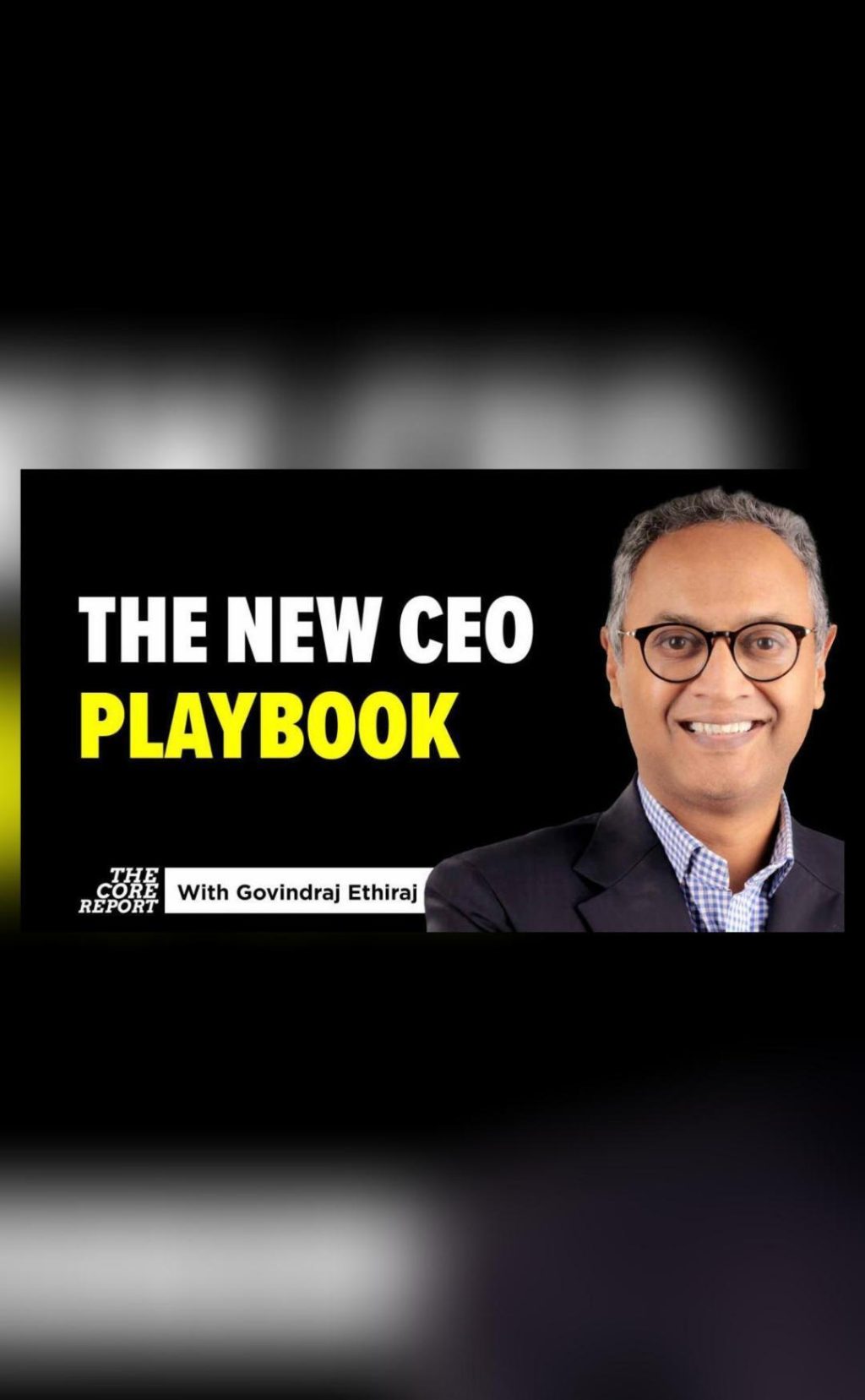
The New CEO Playbook: AI Pressures & Global Tariff Shocks
The role of a CEO has never been more challenging. As Artificial Intelligence (AI) continues to reshape industries and global tariff shocks disrupt trade, business leaders are facing unprecedented pressures to adapt and innovate. The uncertainty is palpable, with no guarantee of stability. In this new landscape, CEOs must rethink their strategy, operations, and long-held business models to remain competitive.
In this article, we’ll explore the key challenges facing CEOs today and provide insights on how to navigate the complexities of AI and tariffs. We’ll also examine the importance of localization, adaptation, and innovation in today’s fast-paced business environment.
The AI Revolution
AI is transforming industries at an unprecedented pace. From automation to data analysis, AI is revolutionizing the way businesses operate. According to a McKinsey report, AI has the potential to increase productivity by up to 40% in some industries. However, this shift also poses significant challenges for CEOs.
As AI takes over repetitive and routine tasks, CEOs must focus on high-value tasks that require human ingenuity and creativity. This requires a significant shift in mindset, as well as investments in training and upskilling. According to a survey by Gartner, 70% of CEOs believe that AI will create more jobs than it replaces, but only if they invest in retraining their workforce.
Global Tariff Shocks
The rising tide of protectionism is another major challenge facing CEOs. Global tariff shocks are disrupting trade flows, making it increasingly difficult for businesses to operate globally. According to the World Trade Organization (WTO), global trade talks have stalled, and tariffs have increased by 10% since 2016.
The impact of tariffs is far-reaching, affecting everything from supply chains to consumer prices. CEOs must navigate this complex web of tariffs, trade agreements, and regulatory frameworks to ensure the continued flow of goods and services.
The New CEO Playbook
So, what does this mean for CEOs? The new playbook is all about adaptation, innovation, and localization. Here are some key strategies to consider:
- Digital Transformation: Invest in digital transformation to stay ahead of the curve. This includes AI, data analytics, and cloud computing.
- Localization: Focus on localizing your operations to reduce reliance on global supply chains. This includes investing in domestic manufacturing, sourcing, and logistics.
- Innovation: Encourage innovation and experimentation within your organization. This includes exploring new business models, products, and services.
- Upskilling: Invest in upskilling your workforce to take advantage of AI and automation. This includes retraining and reskilling programs.
- Risk Management: Develop robust risk management strategies to mitigate the impact of tariffs, trade disruptions, and regulatory changes.
Case Studies
To illustrate these strategies in action, let’s examine a few case studies:
- Amazon: Amazon has been a pioneer in digital transformation, investing heavily in AI, data analytics, and cloud computing. The company’s focus on localization has also enabled it to reduce its reliance on global supply chains.
- Procter & Gamble: Procter & Gamble has been investing in innovation, exploring new business models and products. The company has also been focusing on localization, investing in domestic manufacturing and sourcing.
- Walmart: Walmart has been adapting to the changing retail landscape by investing in e-commerce and digital transformation. The company has also been focusing on localization, investing in domestic logistics and supply chain management.
Conclusion
The new CEO playbook is all about adapting to the complexities of AI and tariffs. It requires a focus on digital transformation, localization, innovation, upskilling, and risk management. With no guarantee of stability, companies must be agile and responsive to changing market conditions.
As we move forward, it’s essential for CEOs to prioritize these strategies and rethink their approach to business. By doing so, they can position their companies for success in this rapidly changing world.
News Source:






